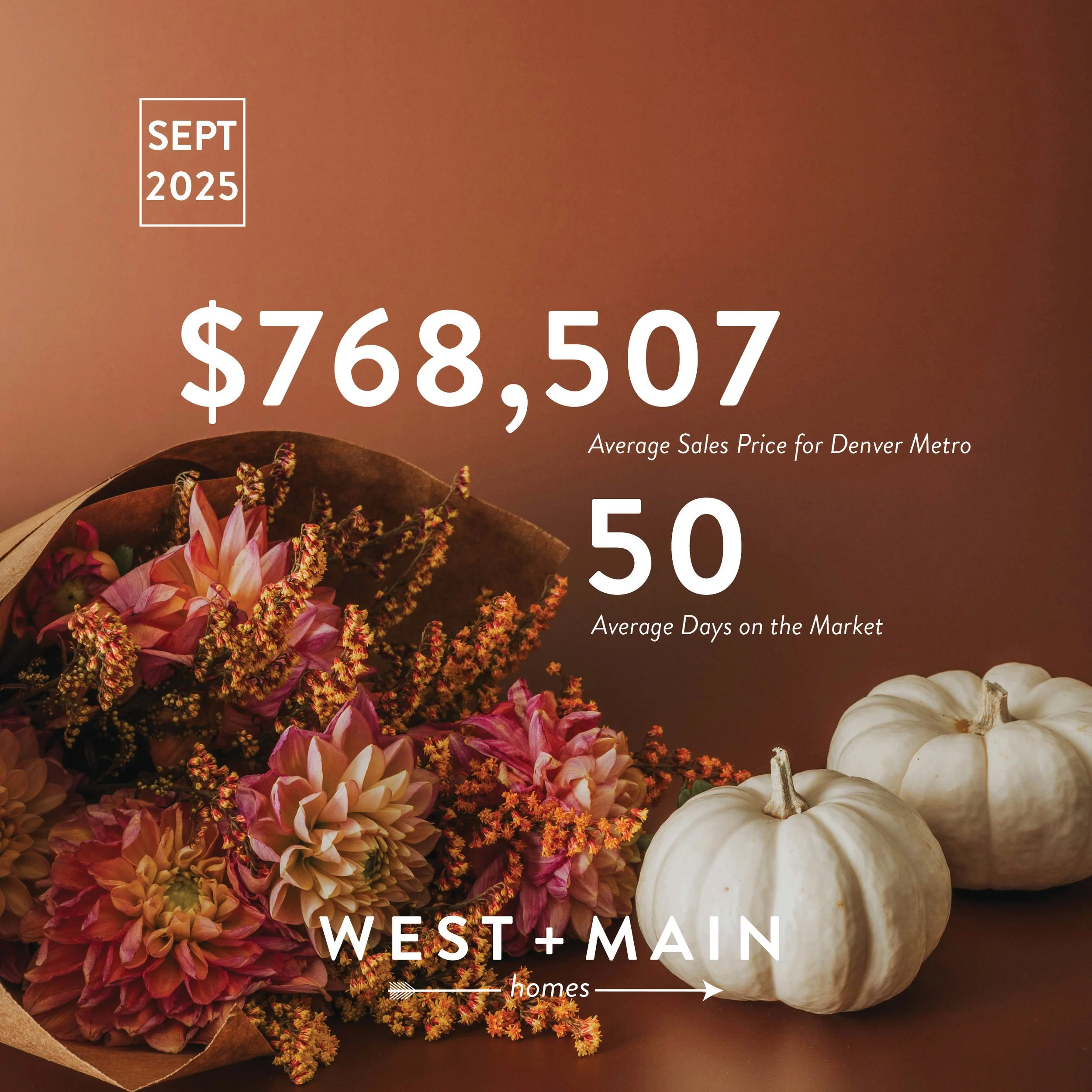Government-backed mortgage giants Fannie Mae and Freddie Mac are temporarily relaxing certain requirements for lenders in an effort to minimize disruptions in loan approvals during the federal government shutdown.
In guidance issued on Wednesday, Fannie and Freddie laid out alternative procedures for mortgage lenders to follow if the shutdown hinders their ability to gather standard employment or income verification, as well as temporary measures for flood insurance verification.
"We appreciate the understanding and consideration that Seller/Servicers extend to Borrowers coping with the hardships imposed by the shutdown," wrote Freddie Mac senior vice president of single-family seller engagement Kevin Kauffman in a note to lenders.
Fannie and Freddie do not issue mortgages themselves, but rather set rules for "conforming" mortgages issued by private lenders, which are then eligible for purchase and securitization by Fannie and Freddie.
Although Fannie and Freddie are effectively owned by the U.S. Treasury, their operations are not affected by the government shutdown, because they are self-funded and do not rely on congressional appropriations to pay staffers.
The new guidelines for mortgage lenders are effective immediately and will expire automatically when the federal government resumes full operations.
Temporary rules for flood insurance
Until Congress passes a new spending bill, the National Flood Insurance Program (NFIP) is unable to write new policies, although existing policies remain in force and the program will continue to pay claims
NFIP provides more than 90% of flood insurance policies sold across the country, and mortgage lenders typically require flood insurance for homes that are located in areas at risk of flooding.
The new guidance issued by Freddie Mac still requires flood insurance for at-risk homes, but will allow mortgage borrowers to submit proof that they have applied for an NFIP policy, even if the policy hasn't been issued yet.
When the shutdown ends, lenders will be required to verify that the borrower actually obtained flood coverage that meets standard requirements.
Waivers for federal employees
The new guidance states that for federal employees, lenders can waive verification of employment if they document the steps taken to verify employment and certify that the shutdown prevented them from obtaining verification.
For federal workers, the temporary rules also waive the requirement that their pay stubs be dated no earlier than 30 days before the initial loan application.
Federal workers on furlough are still eligible for mortgage approval, provided the lender has been able to obtain all required income documentation before delivery of the loan.
If the shutdown extends beyond Nov. 3, federal employees may have to provide proof of at least two months of savings reserves to compensate for the risk of income interruptions.
To assist borrowers whose employment is affected by the shutdown, mortgage lenders can also offer forbearance under standard procedures that are already in place.
IRS income verification rules relaxed
During past government shutdowns, some mortgage lenders had difficulty obtaining income verifications from the IRS due to staffing shortages.
That isn't expected to be an issue this time due to new automated procedures at the IRS and rule changes making the income verification service exempt during a lapse in appropriations.
But just in case issues arise, Fannie Mae says that as long as borrowers complete and sign an IRS
Request for Transcript of Tax Return (Form 4506-C), the lender will not be required to obtain a full tax transcript before closing.
However, lenders are still required to obtain certain IRS documents if the most recent year’s tax return is not available, such as proof of e-filing or an IRS response confirming that no tax transcript is available.
Lenders will have 90 days postclosing to get full tax transcripts from the IRS, which should allow most conventional loan approvals to proceed smoothly even if there are delays in processing requests at the IRS.
Read more at Realtor.com
Related Links
Do You Know How Much Your House Is Really Worth?
The Best Time to Buy a Home Is Coming Up—Here's When to Score a Real Estate Deal
8 Things You Should Never Store Under Your Bed
If there is a home that you would like more information about, if you are considering selling a property, or if you have questions about the housing market in your neighborhood, please reach out. We’re here to help.






